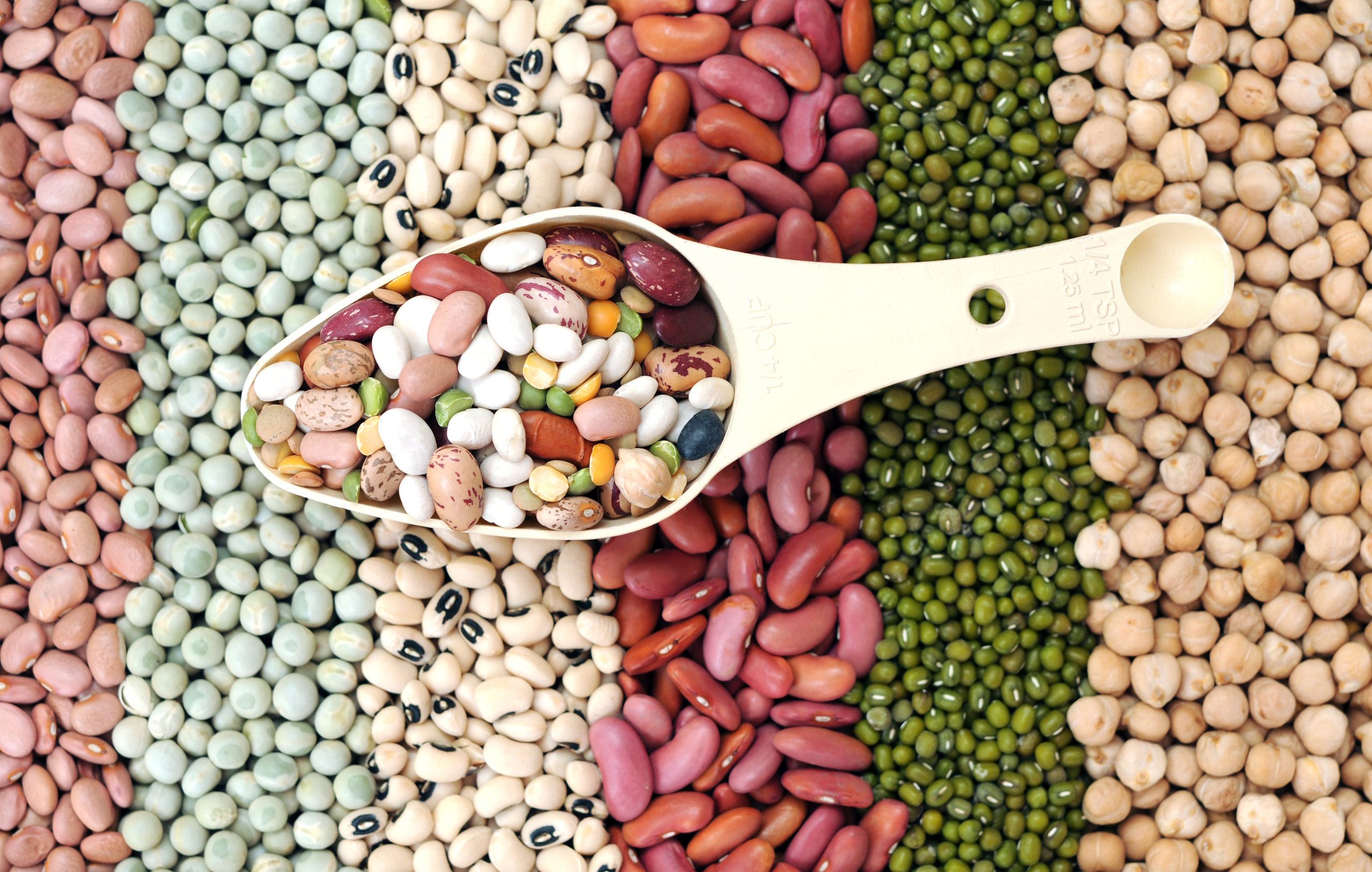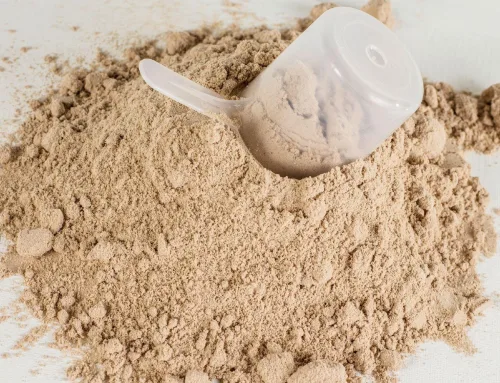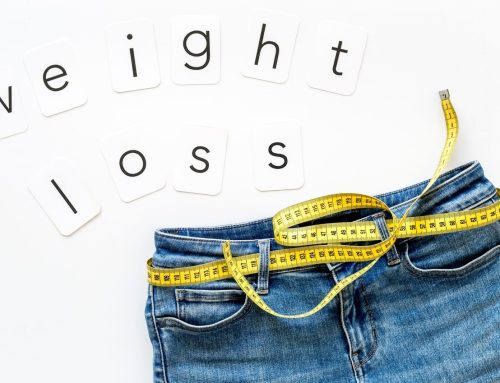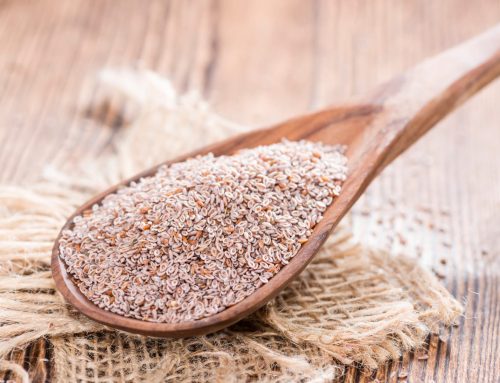The USDA recommends eating more beans and less meat.
What is the healthiest protein? A new report recommends this vegetable over lean meat. It advises that meat should be moved to the end of the protein list.
Protein is the key to keeping you full and energized. But when it comes to the source, some proteins stand above the rest, according to a new report from an advisory committee to the United States Department of Agriculture (USDA) and United States Department of Health and Human Services (HHS).
In the recommendation, the committee suggests that people ramp up their bean consumption to at least 2.5 cups of beans and lentils a week. (The current guidance is 1.5 cups a week.)
To be fair, most Americans aren’t big bean eaters, but the country’s top dietitians and nutritionists are hoping to change that. Here’s what to know about the latest suggestion, plus what to consider when deciding on a protein source.
USDA Recommends Eating More Beans
What is the healthiest source of protein? Beans and legumes are the healthiest source of protein, advisory committee member Christopher Gardner, PhD, a research professor of medicine at the Stanford Prevention Research Center, told CNN. In fact, the Scientific Report of the 2025 Dietary Guidelines Advisory Committee is recommending that people start with eating beans, peas, and lentils before meat.
“What we’re recommending is that the protein section of MyPlate, the government’s food guide on how to eat a healthy diet, start with beans, peas and lentils. We advised that meat, including lean meat, should be moved to the end of the protein list,” Gardner said. “That has to do with fiber; There’s no fiber in meat.”
Reasons To Eat More Beans and Less Meat
Why should you eat more beans? Among other things, fiber has been linked to a lowered risk of heart disease, decreased cholesterol levels, and better blood sugar control, per the National Institutes of Health (NIH).
Why are legumes so healthy?
In case you’re fuzzy on the details, legumes are a category that includes several popular beans and peas, like lentils, chickpeas, edamame, and peanuts.
This content is imported from poll. You may be able to find the same content in another format, or you may be able to find more information, at their web site.
Legumes are rich in protein, fiber, B-vitamins, iron, folate, calcium, potassium, phosphorus, and zinc, according to the U.S. National Library of Medicine. Eating legumes may also help to lower your blood sugar and blood pressure, and these veggies also contain antioxidants to help prevent cell damage, per the U.S. National Library of Medicine.
What are some other healthy sources of protein?
There are a few food sources that are high in protein and are known to be good for you. According to Harvard Health, those include:
• Nuts and seeds
• Lean meats like chicken and turkey
• Fish
• Dairy products like milk and yogurt
• Soy products
Click here to read more on USDA recommends eating more beans.






